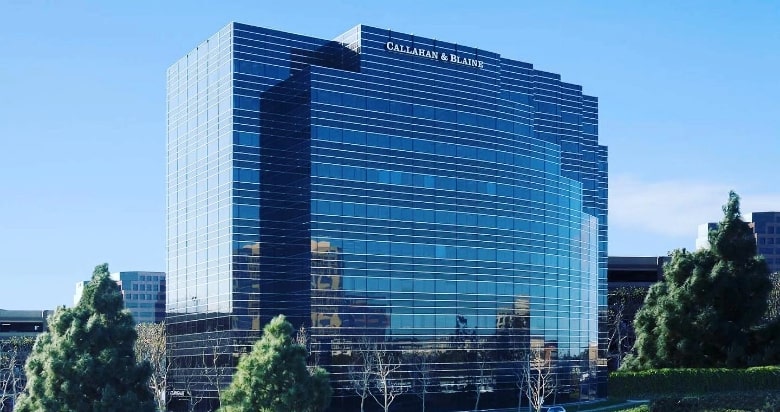Chain reaction collisions can be devastating, sometimes resulting in severe injuries and extensive property damage. Unfortunately, determining fault after this type of collision is challenging. There are usually many parties involved, which means multiple insurance carriers all pushing to place the fault away from their policyholder. Here, we want to discuss issues surrounding fault in a chain reaction collision in California.
Chain Reaction Collisions Happen Many Different Ways
Chain reaction collisions occur in a variety of ways. In fact, they occur in so many ways that it would be impossible to describe all of the chain reaction scenarios in one article.
At their most basic, chain reaction collisions begin with an initial collision between two vehicles or one vehicle and a stationary object. However, the initial collision typically causes enough of a hazard to affect other vehicles in the area. There are no set amount of vehicles they have to be involved in the incident for it to be called a “chain reaction,” but we can generally assume that after there are three or more vehicles involved, a “chain” has occurred.
Briefly, some of the scenarios that can cause a chain reaction collision include one vehicle traveling on a highway and striking a patch of black ice. This could lead to the vehicle crashing into another car or a median, which can cause other vehicles behind this initial collision to crash as well.
In some situations, chain reaction collisions can happen at a stop sign or stoplight. If a driver has stopped at a stop sign but is rear-ended by another driver who failed to stop, this could cause the first vehicle to be pushed into other traffic in an intersection, thus leading to a chain reaction collision.
Regardless of how a chain reaction collision occurs, it is crucial to determine liability so that those who experience injuries or property damage can recover compensation.
How is Fault Determined After a California Chain Reaction Crash?
It can be challenging to determine fault after a chain-reaction collision because there are typically multiple parties involved, with multiple collisions that have to be investigated. In fact, it may be the case that there are numerous drivers at fault for a single chain reaction incident. It is true that one driver may have caused the initial incident that led to the overall chain, but there may be other drivers involved in the incident who also made driving errors that contributed to the continuing of the chain reaction. This could lead to shared fault, which would adjust how much compensation individuals receive.
There are various types of evidence that insurance carriers, legal teams, and law enforcement officials will gather to determine fault after a chain reaction occurs. This includes:
- Statements from other passengers and drivers involved
- Eyewitness statements
- Police or accident reports
- Video surveillance from cameras nearby
- Photographs taken after the crash
- Vehicle data recording devices
- Mobile device data for distracted driving incidents
A skilled car accident attorney in Irvine can help you if you have been involved in a chain-reaction collision. It is crucial that you have an advocate by your side who can examine the information, conduct an extensive investigation, and handle all negotiations with the insurance carriers to recover fair compensation on your behalf.

